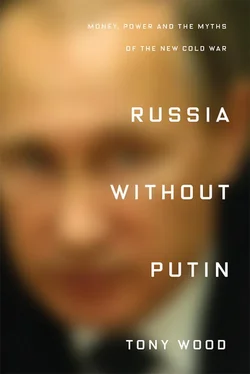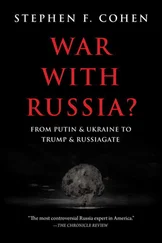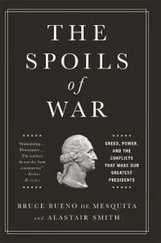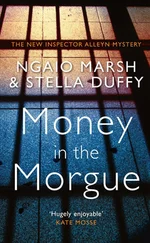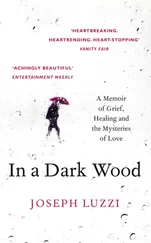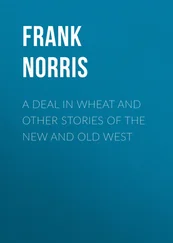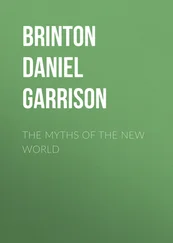_____
Despite all the novelties the free-market transition of the 1990s brought, the switchover from the old social structure to the new could never be instantaneous or total. The two continued to exist in parallel, with new social actors coming into being alongside the remnants of the state-socialist system. Often the latter provided a meagre guarantee of income or perhaps some basic, non-monetized services; but the little it offered was never enough, and had to be supplemented with gains from market-oriented work – potentially more sustaining, but always more risky. This meant that millions of Russians found themselves inhabiting multiple social roles. The metamorphic blurring this created was captured in Viktor Pelevin’s 1993 novel The Life of Insects , in which people are suddenly and arbitrarily transformed – a teenager turns into a moth, a widow becomes an ant, a prostitute becomes a mosquito – and all sense of scale or causality dissolves, along with any meaningful boundary between species.
The sheer confusion the process of ‘transition’ generated was one obvious reason for the relative lack of protests in Russia in the 1990s. Most people were struggling to survive, and many opted for individualized solutions amid the collapse of older collectivities. Privatization also made it hard in many cases to identify who exactly should be the target of protest: in much of Russian industry, for example, the actual ownership structure was hidden behind layers of shell companies and investment vehicles. As a result, the vast majority of strikes took place in the state sector rather than the private one (education alone accounted for almost 90 per cent of them between 1992 and 1996). {40} 40 Figures from Stephen Crowley, ‘Labour Quiescence in Post-Communist Russia’, National Council for Eurasian and East European Research paper, October 2000, p. 3.
But there were two further factors behind the strange quiescence of the Russian population, both of them examples of the persistence of the old lending support to the new. Firstly, the way Soviet industry had been organized made a huge difference. The fundamental unit was the enterprise, and despite the many differences between them, workers and management within an enterprise had tended to present a common front – for instance, against state administrators imposing plan targets. When the planned economy began to fall apart, these basic units remained largely intact, while the fabric that held them together was torn into pieces of varying sizes and shapes. After 1991, the depth of the crisis often gave rise to a defensive solidarity between workers and management, as they strove to keep production going. In many cases this was the only way for workers to keep not only their jobs but also the housing and other basic social guarantees that were, for now, still provided at the enterprise level. Paradoxically, the end of Communism reinforced workers’ dependence on the old paternalistic model.
Secondly, trade unions played an often overlooked but important role. In Soviet times, trade unions had been ‘transmission belts’ for the party–state, their main function being to stimulate production; they were also tasked with administering some social benefits within enterprises. In theory, the end of Communism could have made room for organizations that were more independent of management. But on the whole, the old enterprise-level unions remained in place, as component parts of the Federation of Independent Trade Unions of Russia (FNPR). Many of the personnel and reflexes of Soviet unionism were carried over – and if anything, in the crisis conditions of the 1990s the unions’ dependence on management only deepened. At the national level, union leaders were soon enough made politically docile, particularly by Yeltsin’s 1993 move to strip FNPR affiliates of the right to administer many social benefits. {41} 41 On this history, see Sarah Ashwin, ‘Russian Trade Unions: Stuck in Soviet-Style Subordination?’, in Craig Phelan, ed., Trade Union Revitalisation: Trends and Prospects in 34 Countries , Oxford 2007, pp. 319–32; and Paul Kubicek, Organized Labor in Postcommunist States , Pittsburgh 2004, ch. 5.
Ultimately, the trade unions were a boon to post-Soviet capital and state alike: their dwindling relevance delegitimized the idea of unions in workers’ eyes, and at the same time they took up the space that a more independent, combative labour movement could have occupied. This is a very concrete example of Soviet-era institutions providing a subsidy to their capitalist successors, the maintenance of one smoothing the way for the establishment of the other.
_____
After 2000, the turbulence of the previous decade – many Russians described the 1990s as likhie , ‘feverish’ – seemed to abate. Now the watchword was ‘stabilization’, embodied in everything from the gathering economic recovery to the 2004 creation of a Stabilization Fund in which to park the steady flow of oil and gas revenues. By this time Russia’s GDP had finally regained its late Soviet level, and many of the most glaring symptoms of social breakdown had begun to fade: crime rates dropped, health indicators improved, life expectancy began to rise. It seemed to sum up the mood when an annual sociology conference, held since 1993 under the title ‘Where Is Russia Going?’, changed its name in 2003 to ‘Where Has Russia Arrived?’
But whatever stability meant, it did not mean a fundamental reversal of the socio-economic mechanisms set in motion after 1991. Much as Putin’s rule was a prolongation of the substance of Yeltsin’s, so in the social realm the 2000s brought a consolidation and extension of the disparities that had appeared in the 1990s. Overall inequalities of income remained sizeable. The debt default and currency crash of 1998 didn’t do much to narrow the gap: few of the super-rich kept their wealth in roubles, or indeed in Russia. [5] Alongside the UK and Switzerland, Cyprus was often the preferred place for wealthy Russians to keep their money, in banks as well as shell companies and trusts. This explains why the island frequently appeared in statistics as the number one source of ‘foreign direct investment’ in Russia.
This trend continued and even accelerated under Putin: according to one calculation, by 2014 the financial wealth held by a handful of Russians abroad was equal to the total wealth of the entire population within Russia’s borders. {42} 42 Novokmet, Piketty and Zucman, ‘From Soviets to Oligarchs’, p. 59, Figure 7d.
As the number of billionaires continued to grow, the share of national income taken home by the bottom 10 per cent remained tiny, and actually declined after 2000, from 2.2 per cent to 1.9 per cent in 2008. {43} 43 Income figures from Rosstat database.
In one area after another, imbalances that had emerged during the 1990s solidified in the new century. The sectoral spread of wages was slightly less dramatic, but there was still an unmistakable ladder, with the fuel and energy sector at the top – where workers earned around 2.7 times the 2005 national average – and agriculture at the bottom, paid at a miserly 43 per cent of the average. {44} 44 Author’s calculations based on Rosstat data.
Pensioners did better than before: in the 1990s, many never received their tiny monthly sums, but now the state not only paid pensions on time, it even increased them. (This accounted for a substantial part of Putin’s support base early on.) But the gender pay gap remained in place in the 2000s, or even grew. Across the economy as a whole, women on average earned between two-thirds and four-fifths of what men did, but the disparity widened the further up the occupational hierarchy you looked: male managers earned one and a half times as much as female ones. {45} 45 Author’s calculations based on 2005 Rosstat data.
Читать дальше
